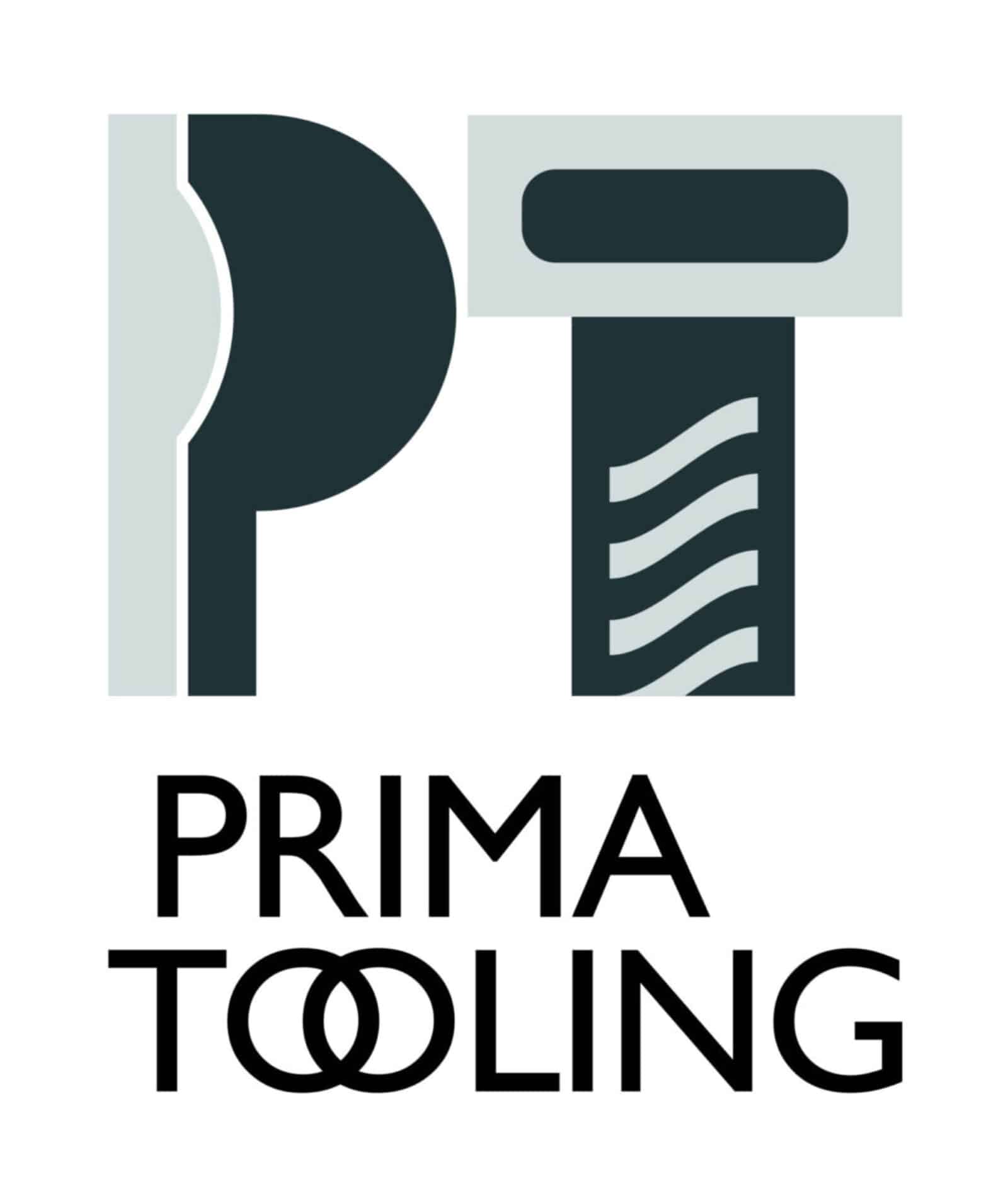Threading taps are a fundamental component in precision engineering, offering a straightforward yet effective means to create internal threads in various materials. This allows for components to be securely joined, ensuring stability and efficiency in many engineering projects. These seemingly simple tools have a significant impact on the quality and reliability of mechanical assemblies. Precision engineering relies heavily on accuracy, and threading taps play a vital role in achieving that precision.
What Are Threading Taps?
Threading taps are tools used to create helical grooves or threads inside a hole—essentially carving a path for screws or bolts. These threads allow components to be easily assembled and disassembled when necessary. While taps come in different varieties, their primary function remains consistent: to ensure durable and precise connections within assemblies.
There are several types of threading taps, each suited to specific situations. Here’s a quick rundown:
– Hand taps are the go-to for manual thread creation, offering simplicity for those without access to complex machinery.
– Machine taps work best with power-driven machines, allowing for efficient threading in high-volume settings.
– Spiral point taps, also known as ‘gun taps,’ are ideal for tapping through holes. They direct chips ahead, making them great for high-speed applications.
Choosing the right type of tap depends on the material being threaded and the specific requirements of your project. For example, hand taps are effective for softer materials or projects requiring fine detail by hand. In contrast, spiral point taps are better for faster operation in medium-soft metals. Selecting the appropriate tap ensures the creation of clean, precise threads that maintain structural integrity in any assembly. Understanding the use cases of each tap type can significantly aid in achieving precision and reliability in your engineering work.
The Importance of Accuracy in Threading
Precision in threading is like the foundation of a house. Without it, everything built upon it is at risk of collapsing. When threading goes wrong, the entire engineering project can falter, leading to weakened structures and parts failing over time. Accurate threading helps ensure that components fit correctly, providing the strength and longevity needed for reliable performance.
Imagine trying to screw a bolt into a hole with misaligned threads. It might go in, but it won’t hold well under pressure and could easily strip. This is why accuracy is so important when creating internal threads. Inaccurate threading might lead to not just structural issues but also safety hazards.
Engineers rely on precise threading to prevent these issues, ensuring that components securely interlock and function as intended. Ensuring thread accuracy can prevent costly repairs and production shutdowns.
Common Issues with Threading Taps and How to Avoid Them
Threading taps, like any tools, can present challenges. Some common problems include:
– Tap breakage: Often caused by using the wrong type of tap for a material, or applying too much force.
– Inaccurate threads: Can happen when the tap is misaligned with the hole.
– Poor thread quality: Usually results from using a dull tap or inappropriate lubrication.
Avoiding these problems requires understanding and preventive practices. Here are some tips to help:
1. Select the Right Tap Type: Ensure you’re using a tap suited for the material you’re working with. For harder metals, choose taps designed for rigidity and endurance.
2. Align the Tap Properly: Make sure the tap is perpendicular to the work surface. A straightforward approach can prevent alignment issues.
3. Use Proper Lubrication: Reducing friction by lubricating the tap can improve thread quality and extend the tap’s life.
4. Apply Appropriate Force: Avoid heavy pressure; let the tap do its job. Overexertion can lead to breakage or faulty threads.
Practising these tips can minimize common complications and maintain your tools in optimal condition.
Choosing the Right Threading Tap for Your Project
Selecting the correct threading tap involves understanding your project’s specific needs. Matching the right tap type to the material and situational demands is necessary.
Consider these factors:
– Material Type: Different materials have various properties. A soft material like aluminium might be suitable for a hand tap, while tougher metals might need machine taps for better effectiveness.
– Thread Specifications: Know your thread depth and diameter. Ensure your tap matches these specifications for a snug fit.
– Application Method: Decide whether manual or machine-driven tapping suits your project best. Hand taps allow for careful control, while machine taps can handle high-volume tasks efficiently.
Understanding these elements helps choose the correct tap, ensuring each component of your engineering project fits together seamlessly and performs flawlessly.
The Role of Threading Taps in Precision Engineering
Threading taps contribute significantly to precision engineering. By creating precise internal threads, they ensure components interlock securely, much like pieces of a well-engineered puzzle. With the right tools and techniques, threading taps assist in building strong, reliable structures.
Such tools remain indispensable in crafting high-quality engineering projects. High-quality tools deliver consistency and reliability, underscoring their role in precision tasks. By understanding how they work and employing them correctly, engineers can enhance the accuracy and durability of their projects.
For those keen to ensure their engineering projects achieve the highest standards of precision and reliability, using the right tools is vital. Explore the range of threading taps available from Prima Tooling to help deliver accurate results and long-lasting performance in your next project.
